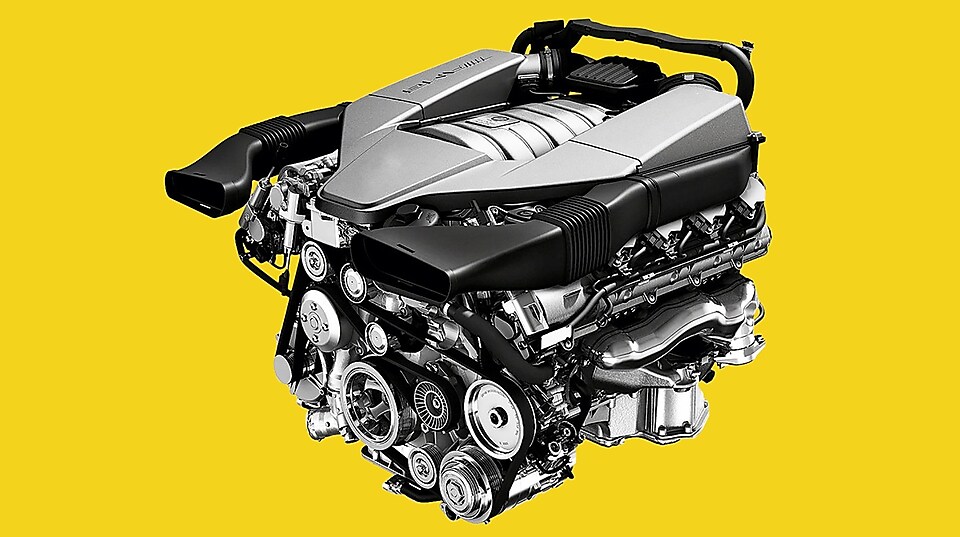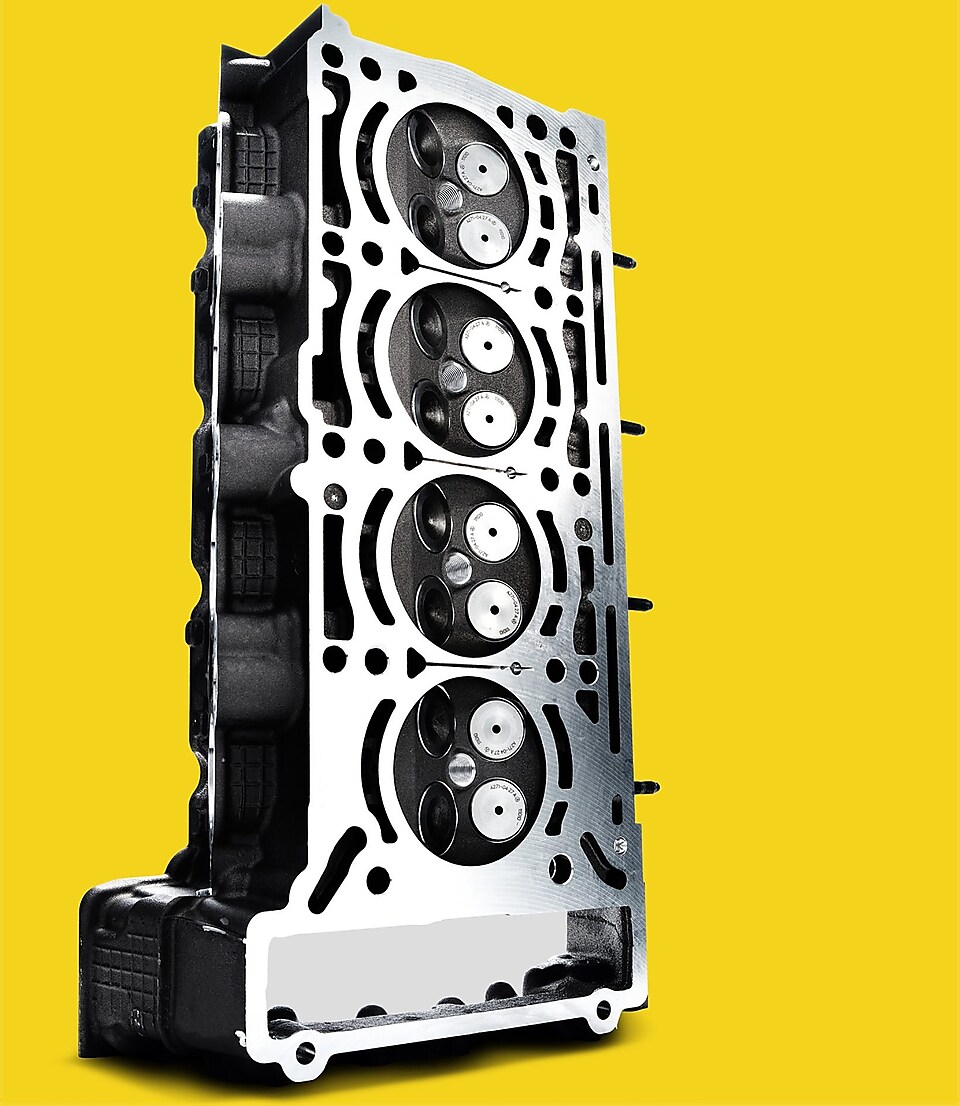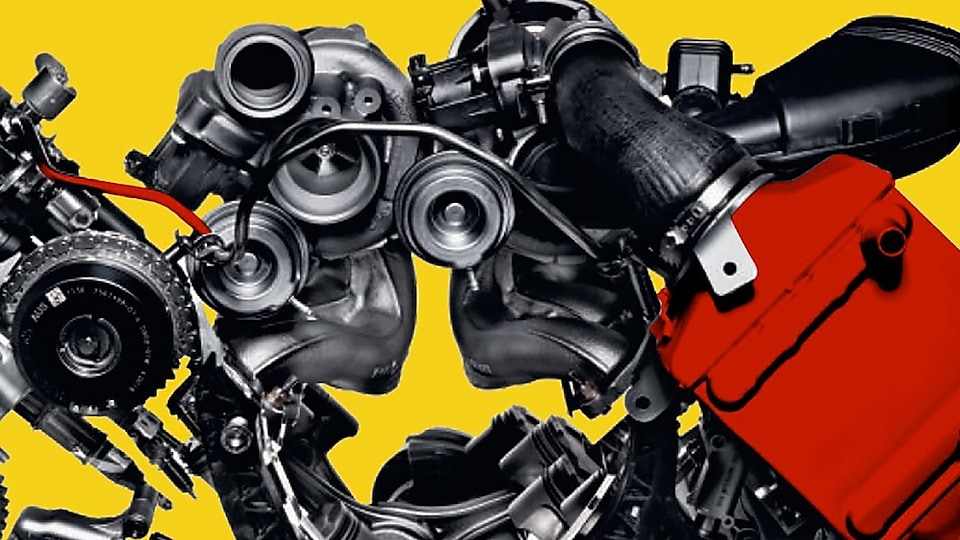Anatomy of an engine: Engine nutrition
At the heart of every engine is the fuel it uses, and Shell V-Power Nitro+ is our best performance fuel. Let’s show you how it works.
Glenn Wilson
An Automotive Engineer with more than 35 years’ industry experience. He is part of Shell’s Engine and Vehicle Technology team and has been working with Shell V-Power fuels since the early days of the development programme.
Just as you and I need our “five a day” to stay healthy, your car or bike’s engine also needs a good diet.
Glenn Wilson is an Automotive Engineer who has worked for Shell for over 25 years. His wealth of experience has made him something of an engine nutritionist, and he knows exactly what their diets should consist of.
The key to developing our best performance fuel is the understanding of what goes on right at the heart of the engine: the interaction between the fuel and the engine components. You want your car to perform and fuel choice can play a big role.
But how does Shell V-Power Nitro+ work? We asked Glenn to guide us through the anatomy of an engine.
The Combustion Chamber
The heart and lungs of the engine, where air is sucked in and combined with fuel before being tumbled, swirled, compressed, burnt and then released to exhaust. It’s known as the four-stroke Otto cycle.
In petrol engines, the spark plug initiates combustion giving a smooth burn that develops pressure, forcing the piston down. However, under high pressure and temperature some petrol fuels can show a tendency to combust spontaneously. This can result in a ‘knocking’ or ‘pinking’ sound as small erratic bursts of combustion occur. As a result, an engine may suffer from depleted performance and in the most severe cases permanent damage can occur. Petrol’s octane rating is a measure of how well the fuel can resist this knocking.
“Timing the combustion is critical to effective energy transfer from the burning fuel to the engine. A higher octane quality allows for an earlier spark, which means the piston can be pushed down more effectively and for longer,” says Wilson.

Fuel Injectors
It is the job of the fuel injector to ensure that the fuel is dispersed and mixed into the air in the exact pattern and volume required. In a diesel engine, they have to inject high-pressure fuel through holes no thicker than a human hair.
Some fuels can lead to fouling of the injector holes, which can disrupt the spray pattern, resulting in poor combustion and power loss. “Diesels can be particularly vulnerable to injector deposits and that can really affect the spray pattern,” says Wilson.
Shell V-Power Nitro+ Diesel is designed to restore and maintain engine power through active engine protection.

Inlet Valves
These perform the job of opening and closing several hundred times a minute to, depending on engine design, allow the air, or the air/fuel mix, into the combustion chamber. In a conventional port fuel injected petrol engine, inlet valves can be prone to deposit formation, which can have potentially disruptive effects.
“If petrol inlet valves have been prone to deposit formation, you can end up with an engine that runs lean under acceleration, so you have less available power and a poorer response,” says Wilson.
Shell V-Power Nitro+ is designed to instantly get to work in your engine on deposits which can reduce performance.
Piston Rings
The piston rings are designed to form a seal between the piston and the cylinder wall and slide up and down the cylinder bores several thousand times a minute.
“Inside an engine is a tough place to be, especially at the top and the bottom of the stroke where the piston speed is effectively zero. It is difficult to maintain lubrication and friction can occur between the piston rings and cylinder walls,” says Wilson.
The interface between these components is difficult to lubricate. The rings must form a tight seal to prevent lubrication oil from getting into the combustion space, which could lead to increased engine emissions, and to prevent combustion gases from entering the crankcase.
This is where we see another unique element of Shell technology: “Shell V-Power Nitro+ contains Friction Modification Technology (FMT) which is designed to reduce friction in key engine areas, specifically in the piston assembly. In this way, it helps the engine to turn more freely thereby unlocking valuable energy which can lead to improved acceleration and power delivery. This is just one example of how learning from the technical partnership with Scuderia Ferrari can benefit Shell customers.”
More in Motorists
Anatomy of an engine: Heart condition
The four-stroke engine was first patented nearly 150 years ago, and a lot has changed since then. We attempt to explain what happens to your fuel when modern engines get to work.
10 Safety tips
Follow the advice of Don Palmer and you could become a better, safer driver.

